In the dynamic world of IT asset disposition (ITAD), businesses are under constant pressure to keep updated with rapid changes. From improving efficiency to protecting sensitive data and staying compliant with ever-tightening regulations, the challenges can seem overwhelming. So, how can companies stay ahead and manage it all? The key is adopting solutions built specifically for the specific needs of ITAD.
This article will explain the key reasons why ERP solutions designed specifically for ITAD, are important for companies that want to succeed in this particular market.
Understanding ITAD: Beyond Traditional Asset Management
IT Asset Disposition is the process associated with decommissioning and disposing of surplus or outdated IT equipment. Contrary to traditional asset management, ITAD requires complex workflows that involve secure data compliance with environmental regulations, the recycling of refurbished equipment, and a meticulous record of asset histories. These processes require special tools and functions that standard ERPs were not built to manage.
The Limitations of Generic ERP Systems in ITAD
1. Lack of Specialized Features
Generic ERPs are designed for use across various industries. They are lacking the specific capabilities required for managing ITAD operations. They lack integrated tools for secure data deletion, chain-of-custody monitoring, compliance reporting, and asset lifecycle management. It is common for businesses to have to use different systems, resulting in mistakes and inefficiencies.

2. Inadequate Data Security Measures
Data security is a crucial aspect in ITAD. However, many common ERP software systems fail in offering the security features necessary to safeguard sensitive data. Without features such as data cleansing and secure audit trails, companies could be in breach of data protection regulations and face severe financial and legal penalties.
3. Compliance Challenges
The ITAD sector is highly regulated by various requirements for data protection, environmental compliance, and industry-specific regulations that must be adhered to. Standard ERP systems are usually not built with compliance standards, as they’re often lacking the tools to automate tracking compliance and reporting, which puts firms at risk of penalties, legal problems and reputational harm.
4. Operational Inefficiencies
Generic ERP systems are typically not designed to accommodate the specific workflows required by ITAD operations. Processes such as refurbishment, asset classification, and resale require specific functions that the majority of ERPs aren’t designed to manage. This lack of alignment leads businesses to use manual solutions, which can result in lengthy processing times, increased labour costs, and a decline in profits.
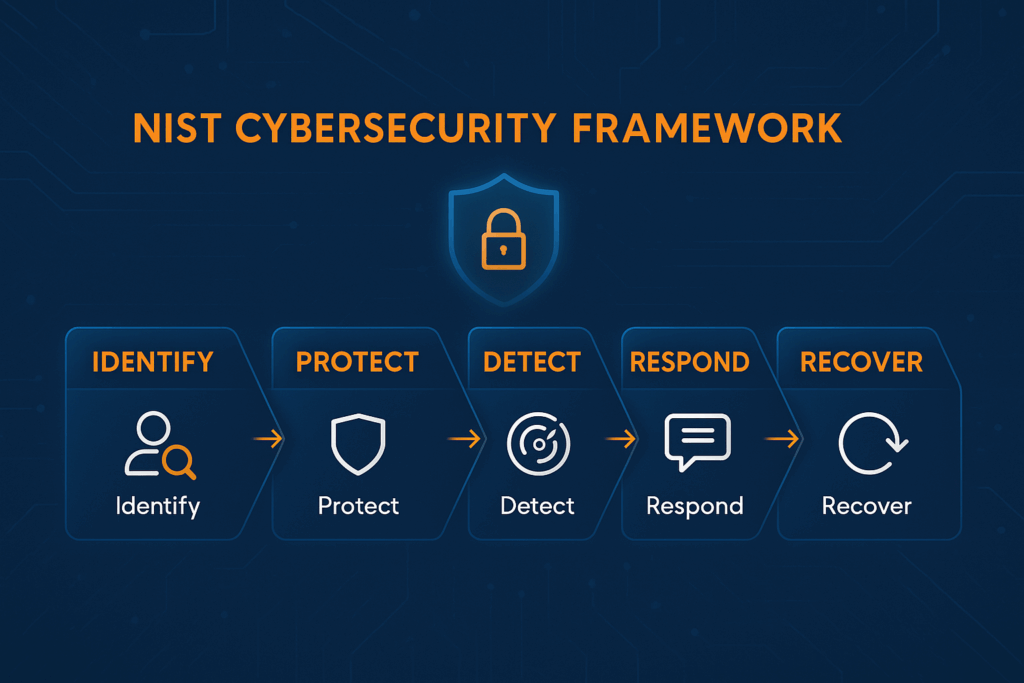
The Advantages of ITAD-Specific ERP Systems
1. Customized Functionality
ITAD-specific ERPs have been specifically designed to meet the needs, offering modules that enable the secure destruction of data, asset tracking, chain-of-custody monitoring, and compliance reporting. This helps streamline operations, unify workflows, and eliminates the need for various different systems.
2. Enhanced Data Security
This ERP system incorporates advanced features to protect data, secure data erasure, and maintain extensive audit trails. This ensures that sensitive data is safely managed during the asset disposal process, helping businesses comply with data protection requirements and avoid costly data breaches.
3. Simplified Compliance Management
Compliance is a major concern in the ITAD sector; ERP systems are designed specifically to support the automation of compliance tracking and reporting processes. They ensure that companies can efficiently monitor their compliance with industry environmental regulations and laws governing data protection. By reducing manual processes, these systems minimize the risk of non-compliance and help avoid sanctions.
4. Improved Operational Efficiency
The ITAD ERP system manages the processes involved in grading, refurbishing, and reselling assets. They facilitate quicker turnaround times, minimize the chance of errors made by hand, and simplify the entire disposal process. Ultimately, companies benefit from higher efficiency, lower operational costs, and increased profitability.
Real-World Impact: Case Studies
Case Study 1: ITAD Service Provider X
A top ITAD service provider has implemented an ITAD-specific ERP solution to address issues such as slow processing times, manual billing errors, and inefficient asset tracking. The system was streamlined by automating workflows, cutting down the time it takes to process each asset and delivering more precise billing. The company noticed significant improvements in efficiency, throughput and customer satisfaction. This resulted in higher revenue and lower operating costs.
Case Study 2: IT Asset Disposal Company Y
Another ITAD company was struggling to manage the ever-growing number of assets they managed. With the help of an ITAD-specific ERP system, they were able to scale their operation. The system incorporated asset inventory monitoring, tracking of refurbishment, along with compliance and reporting, into an integrated platform, resulting in improved operational efficiency and the capability to manage an increased volume of assets with no increase in staff.
Conclusion
As the ITAD sector becomes increasingly complex and competitive, companies must implement solutions customized to their specific needs. While general ERP systems can be a comprehensive solution for various industries, they often fail to address the unique or customised requirements of ITAD operations.
While our advanced ITAD ERP solution provides a competitive edge by enhancing data security, easing compliance, and increasing operational efficiency, for companies seeking to succeed in ITAD, it is crucial to invest in a specialised ERP system. MNC ITAD sector, implementing the right ERP solution isn’t just an improvement in technology — it’s a strategic requirement.
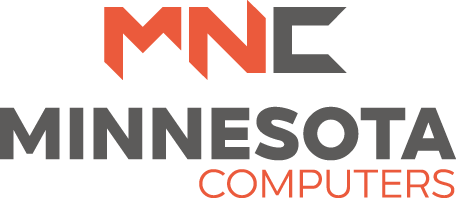
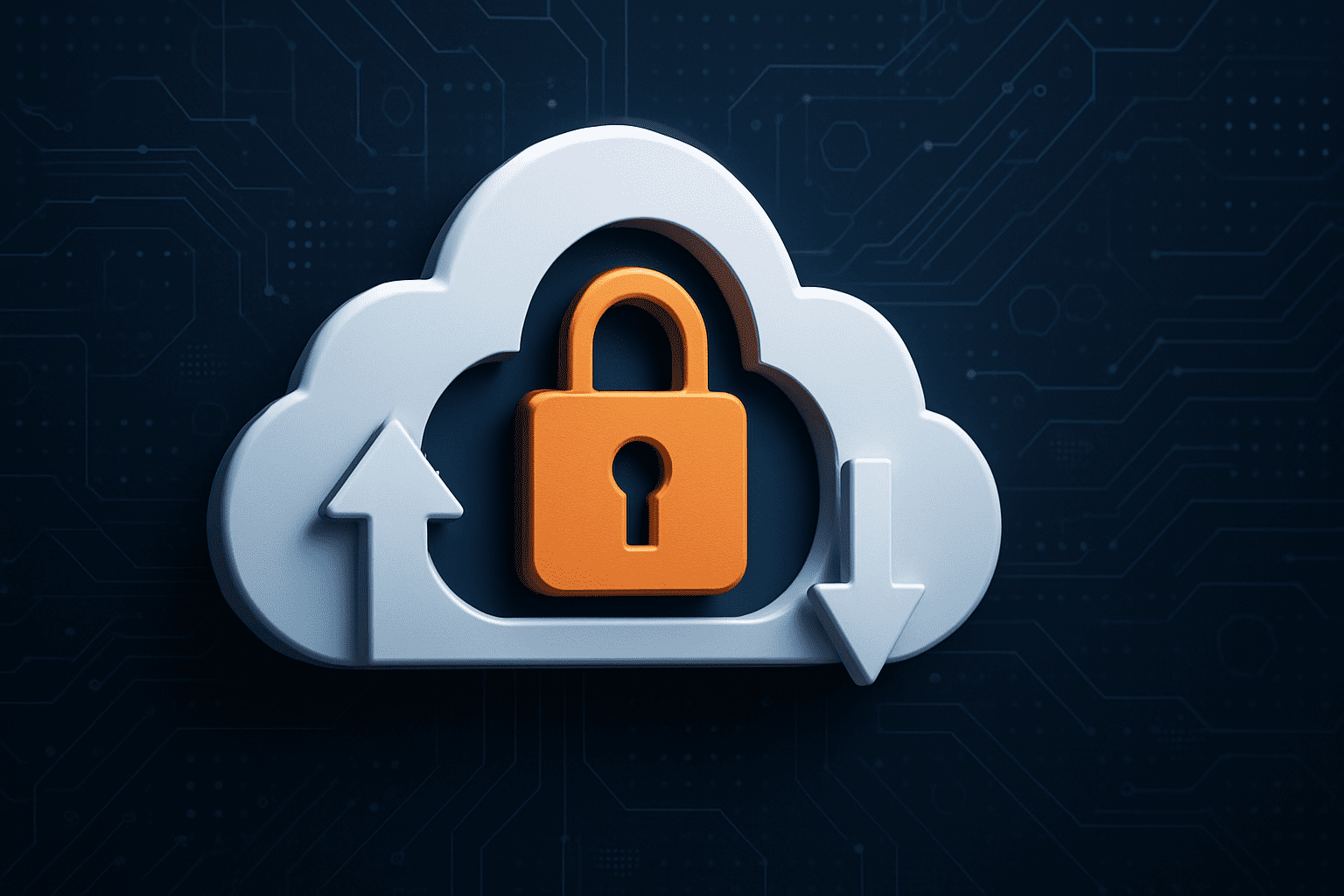
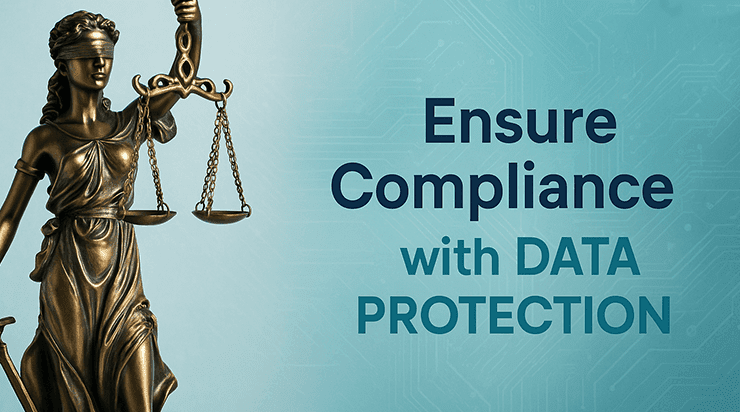


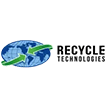


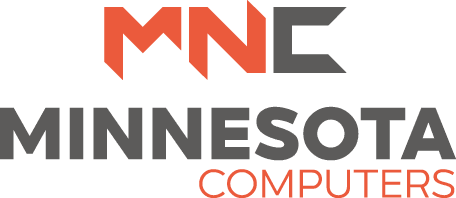
Companies often neglect to have written standards and policies around their cybersecurity. Why? Because dozens of them are usually needed, covering everything from equipment management to backup procedures, admin credentialing, remote work policies, and so much more. But it’s well worth the effort.